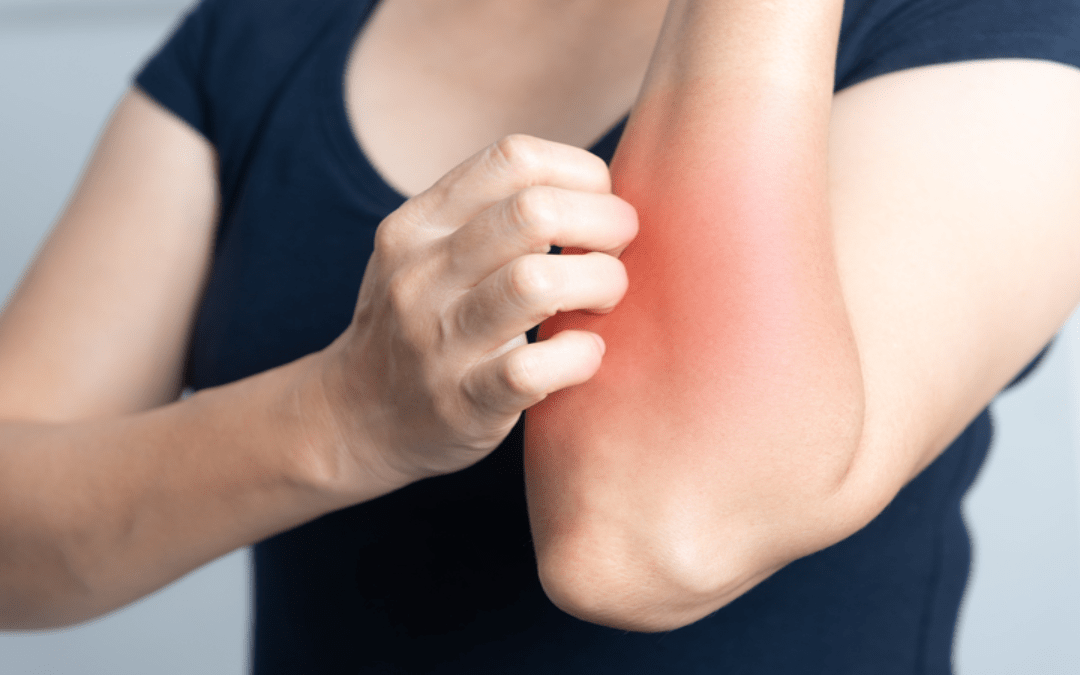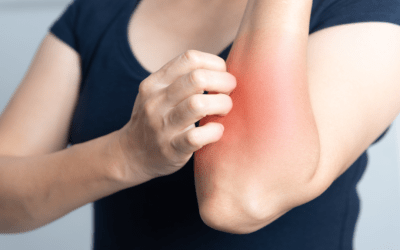Table of Contents
- 1 Early Signs – What is diabetes?
- 2 What are the different types of diabetes – Early Signs?
- 3 What causes diabetes?
- 4 What are the various signs of diabetes?
- 5 How do you test for diabetes?
- 6 How do you prevent diabetes?
- 7 How do you treat diabetes?
- 8 What is the difference between high blood sugar and diabetes?
- 9 What is the best diet to avoid diabetes?
Diabetes affects over 37 million Americans. Diabetes has become a fight that 1 in 10 people must combat daily. Making things even more severe is that 1 in 3 Americans are “pre-diabetic,” meaning that they present many of the markers and early signs of diabetes but are just below the threshold.
It is crucial for those not diagnosed or in the pre-diabetic stage to understand what diabetes is, what causes it, its symptoms, and its early signs. The ability to detect early symptoms can be crucial.
Early Signs – What is diabetes?
Also known as diabetes mellitus, it is a chronic health condition that changes how the body turns food into energy. A large portion of the food we consume is broken down into glucose and released into the bloodstream, which triggers changes in blood sugar levels. In response to this, the pancreas releases insulin to manage it. Insulin acts like a gatekeeper for your body’s cells, determining whether to let blood sugar enter the cells.
If you have diabetes, it can hamper insulin production or how the body can incorporate and use it. Over time, diabetes can cause serious health problems, such as heart disease, vision loss, and kidney disease.
What are the different types of diabetes – Early Signs?
There are three different kinds of diabetes. Type 1 diabetes is tied to an autoimmune disorder that hampers your body from making insulin. Type 1 diabetes makes up between 5-10% of diabetes patients. There is no current way to prevent type 1 diabetes.
Type 2 diabetes affects the body in much the same way. However, type 1 is caused by an inherent genetic disorder. Type 2 is lifestyle-related and tends to develop over time. It also makes up nearly 95% of all diabetes patients.
Gestational diabetes develops in pregnant women who have never had diabetes previously. While this form tends to go away after giving birth, it can put the baby at higher risk for complications and increase the mother’s risk of developing type 2 diabetes later in life.
What causes diabetes?
As mentioned previously, type 1 diabetes is based on an autoimmune disorder. This means it is genetically “pre-programmed” and not caused by outside factors.
By contrast, type 2 diabetes is mainly lifestyle-related instead of inheriting the condition. On a biological level, cells become insulin resistant while the pancreas also struggles to produce enough insulin.
Based on a multitude of well-documented medical studies, a strong correlation between overweight and inactive lifestyles plays a significant factor. Consuming glucose-spiking foods can also contribute.
What are the various signs of diabetes?
There are numerous symptoms related to diabetes. When it comes to type 2 diabetes, it is vital to identify them early so that lifestyle changes can be made before things progress too far.
Diabetes symptoms include:
- Heightened thirst
- Increased hunger
- Increase in urination frequency
- Unexpected, unintentional weight loss
- Chronic fatigue
- Blurry vision
- Increased infections
- Numbness or tingling in the hands or feet
- Darkened skin in areas such as the armpits
How do you test for diabetes?
You will need to take a blood sugar test to see if you have diabetes. A doctor may have you take one or more of the following blood tests to diagnose you.
Diabetes tests for type 1 and type 2 diabetes include:
- A1C test
- Fasting blood sugar test
- Glucose tolerance test
- Random blood sugar test
Some tests can diagnose gestational diabetes, including glucose screening and tolerance tests.
How do you prevent diabetes?
Unfortunately, there is no known prevention for type 1 diabetes as it is related to one’s genetics. The good news is that type 2 diabetes, which most people suffer from, can be prevented through healthy lifestyle changes like a better diet, proper weight management, and increased activity.
A healthy weight and moderate physical activity may help reduce your risk of gestational diabetes.
How do you treat diabetes?
Treatment centers around insulin and glucose management regardless of what kind you have. People with diabetes can treat this in several different ways.
Traditionally, type 1 diabetes and type 2 diabetes treatments would be done using a blood glucose meter to test blood sugar levels. Based on the readings, patients would then administer an appropriate insulin dose to get blood sugar to proper levels.
Thankfully, with advancements in technology, diabetes treatment has gotten more convenient. Some prefer to use insulin pumps that automatically measure blood sugar levels and pump insulin as needed. Others may utilize a diabetes watch meter to maintain their glucose levels.
Type 2 diabetes treatments should also be accompanied by proper nutrition and exercise. Diabetes weight loss surgery may also be a good option if losing weight has been difficult.
There may be additional medication to treat diabetes type 2 that your doctor can recommend, including statin and anti-diabetic medicines.
What is the difference between high blood sugar and diabetes?
It’s important to note that there is a difference between diabetes and simply having high blood sugar. High blood sugar indicates the state of your insulin levels; diabetes is a disorder that affects the body’s ability to regulate blood sugar.
What is the best diet to avoid diabetes?
As with anything, the first step would be to embrace a diet that practices moderation in all things. Medical and health professionals warn against extreme measures such as no-sugar or no-carb diets.
Their suggestion is to begin by incorporating healthier options first and gradually moving away from blood sugar spiking foods such as refined cereals, processed and fried foods, bread, pasta, and foods with added sugars. An additional diet key is that imperfect consistency trumps sporadic perfection.
As you can see, there are many ways to spot early indications of diabetes. The good news is that through healthy lifestyle choices, pre-diabetic people may be able to turn the tide. If you need additional support or help, enlisting the help of a health coach or diabetes rehab center could be helpful.
Resources:
Diabetes – Symptoms and causes – Mayo Clinic
Type 2 Diabetes – Symptoms | ADA
Early Signs and Symptoms of Diabetes: How To Tell if You Have It (webmd.com)






